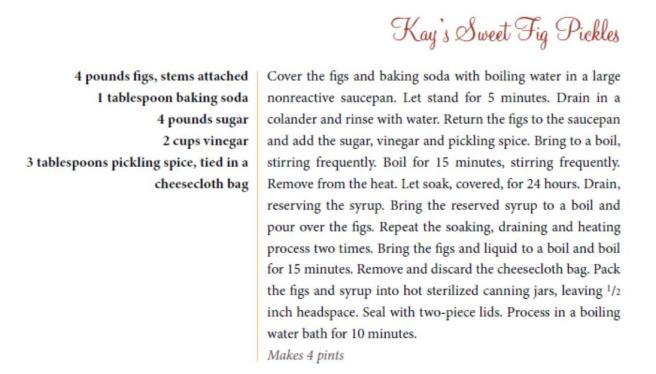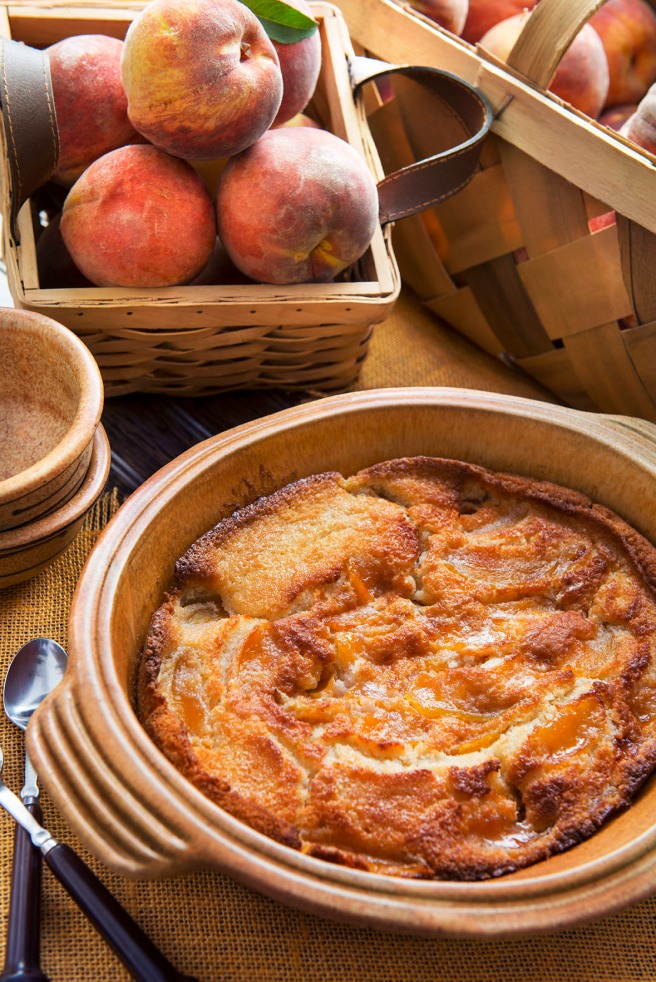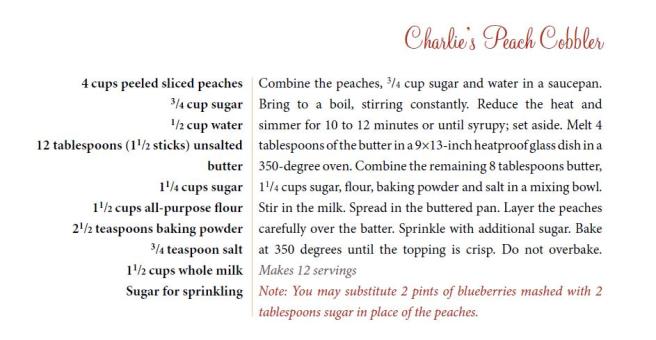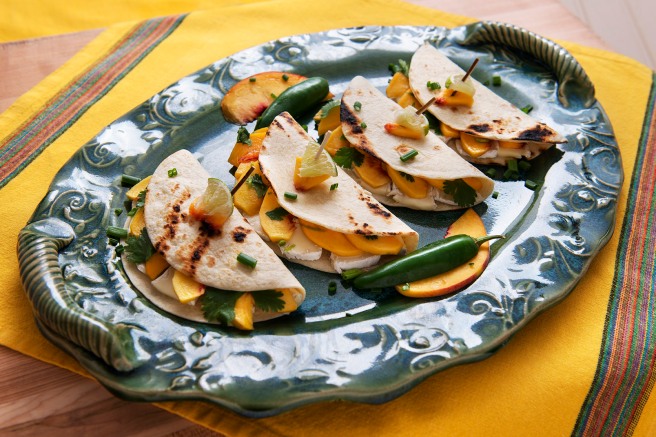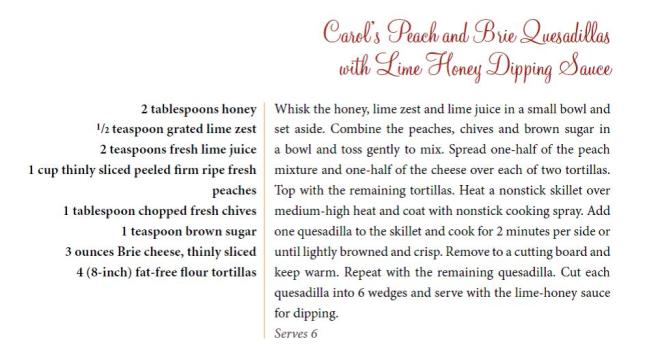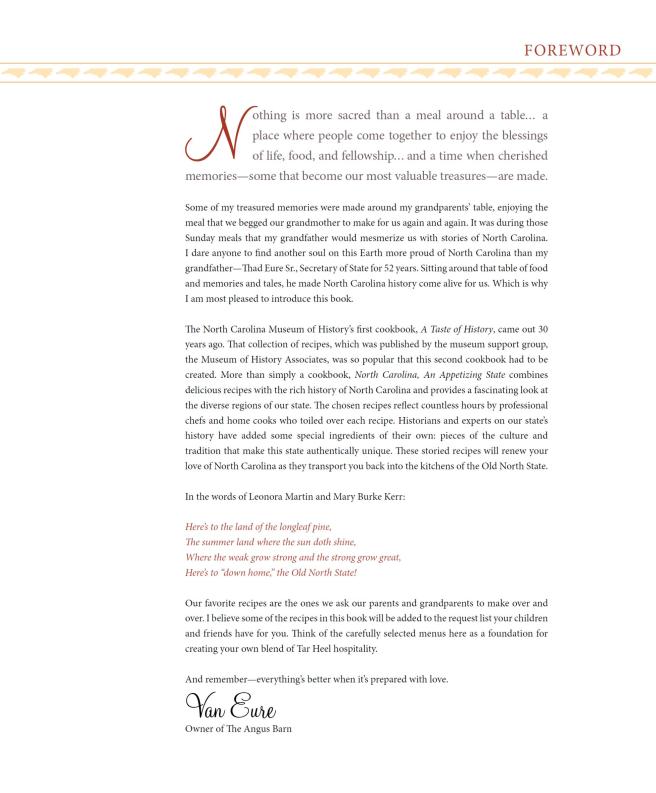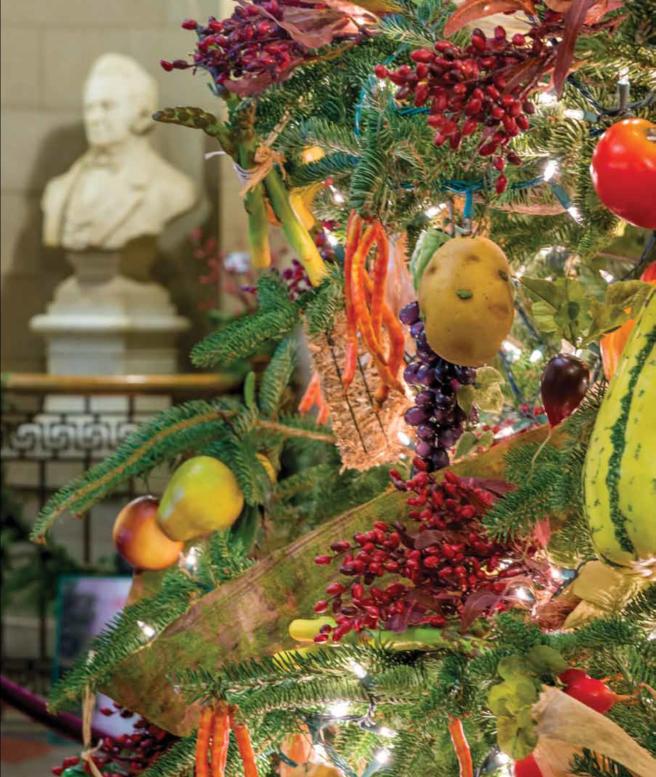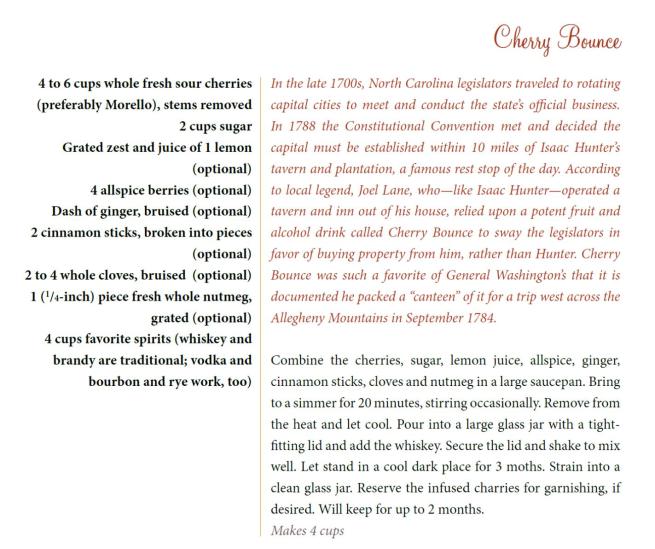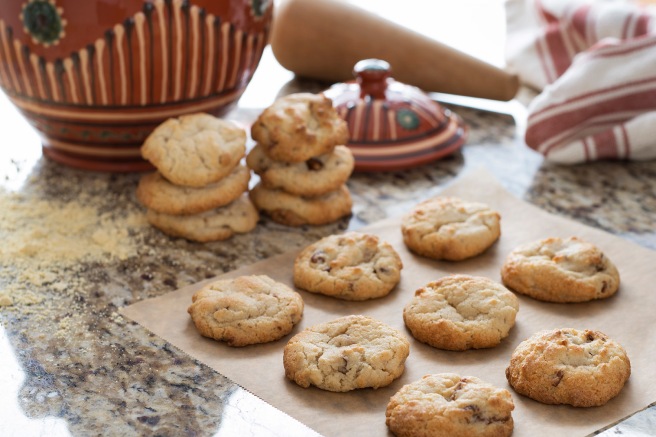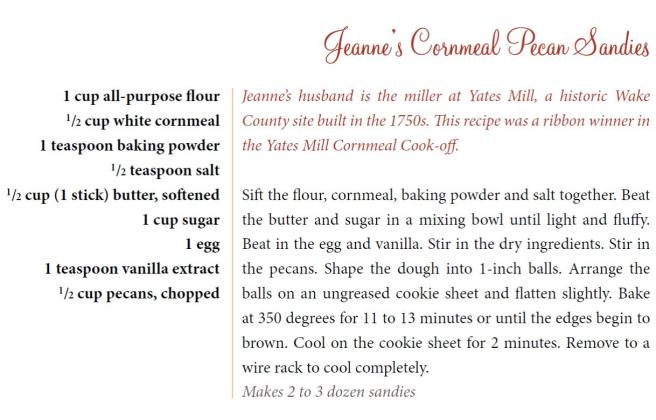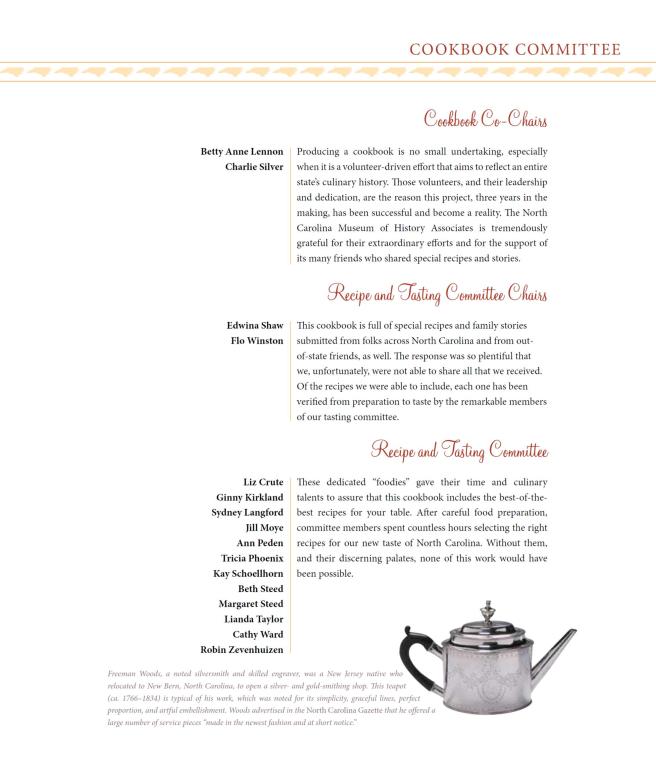While most of us would consider it a fruit, the fig is actually a flower that has inverted into itself. The first trees were introduced to North America by Spanish missionaries who brought them to plant at missions they were founding along the Pacific coast—these actually became known as Mission Figs. Later figs, a different variety, came from Turkey. They originated in the Mediterranean and are related to mulberry trees and Osage orange (or hedge apple) trees—even rubber trees!
Figs are highly perishable and will ferment if conditions are too damp. If picked or purchased before they ripen, the figs should be kept at room temperature and away from direct sunlight. Once they become ripe, they should be kept in the refrigerator—but they will only stay fresh, even there, for about two days.
Unless you preserve them . . .
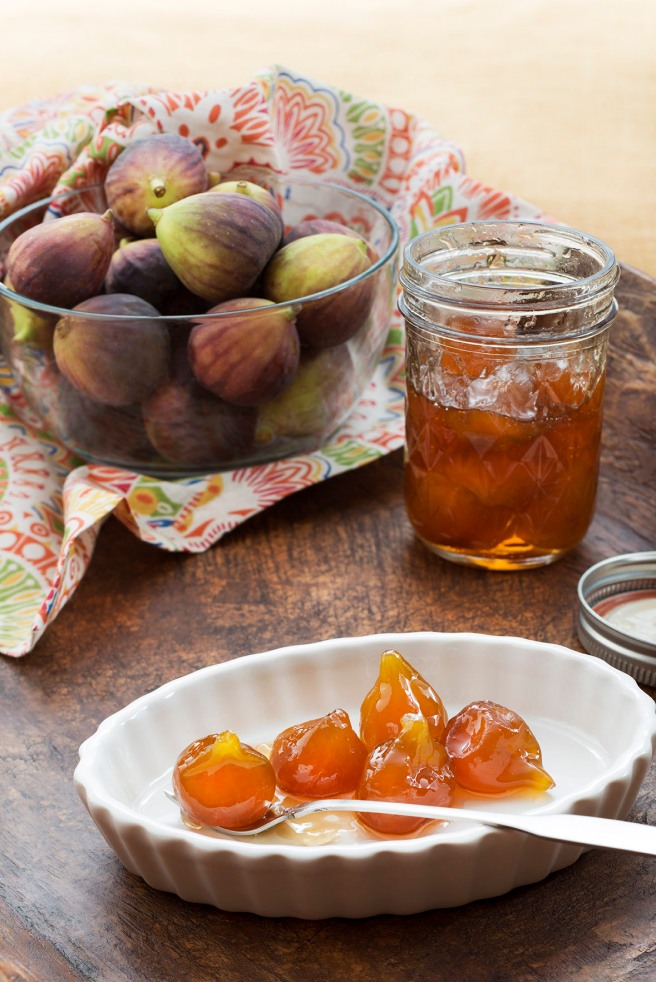
Figs have a better taste if you pick them when they are soft, but if you are planning to preserve them, they will hold together better if they are less ripe. One way to preserve them is to pickle them. And, the best pickling recipe is, of course, Kay’s—which is available in our cookbook, North Carolina: An Appetizing State.


